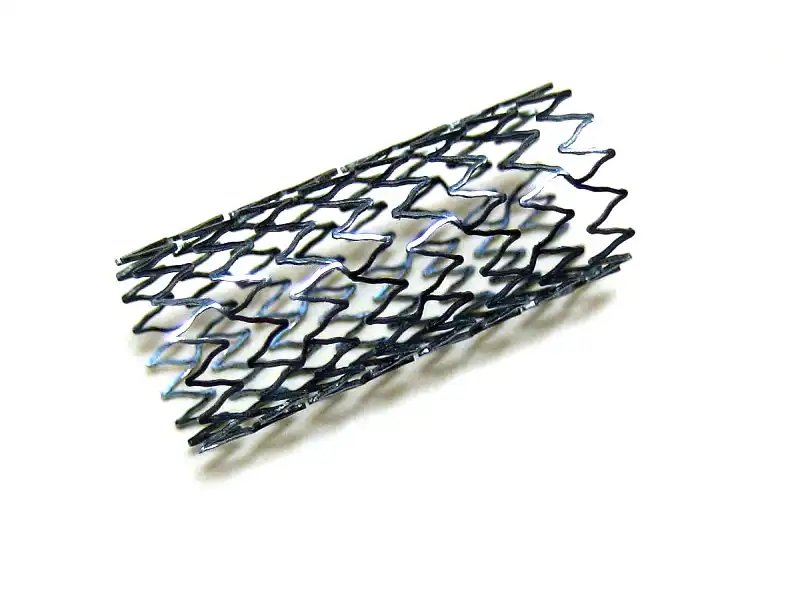Breakthroughs and Advancements in Nickel Titanium Wire Applications
2024-09-20 22:04:22
Breakthrough and progress in the application of nickel titanium wire
In recent years, nickel titanium wire has made great waves in various industries, showing its unique properties and extensive potential.
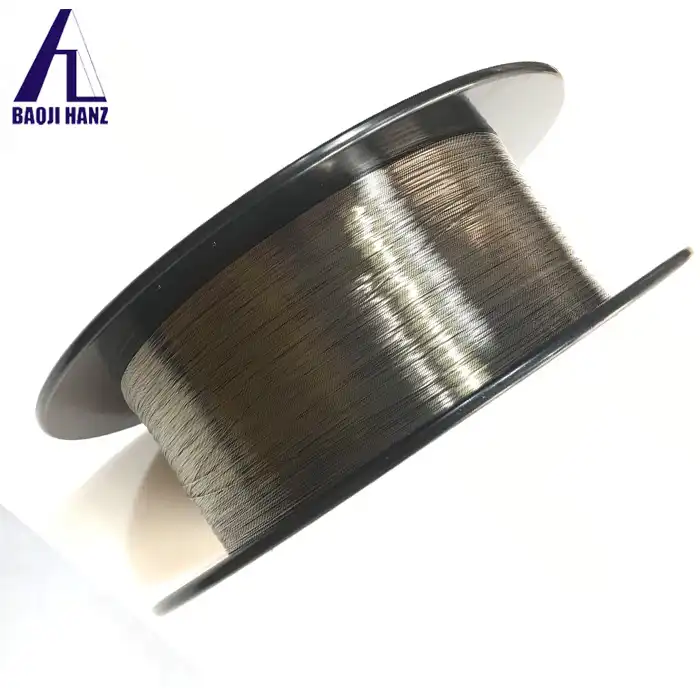
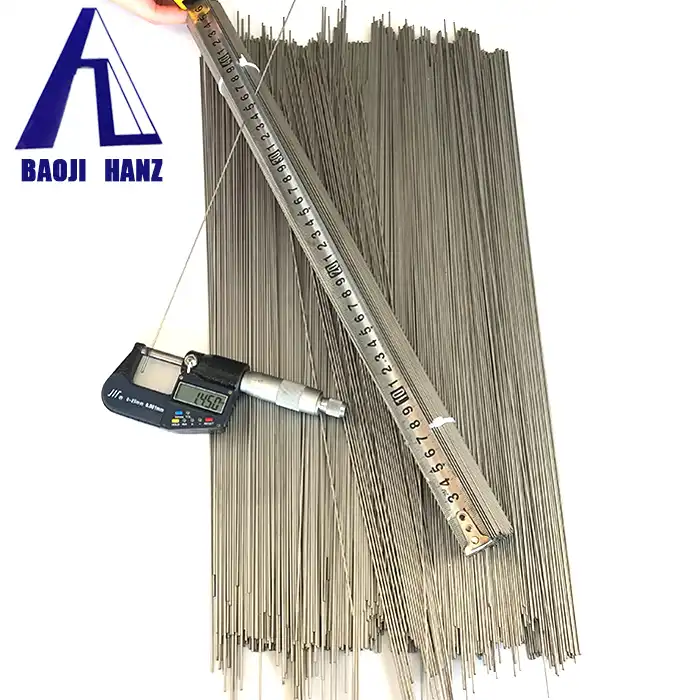
In the medical field, nickel-titanium wire continues to be a game changer. In cardiovascular implants, for example, it is already widely used. A heart occlusive device, used to correct a defective heart interval, usually consists of a tiny wire mesh "umbrella" made of Nitinol. The superelastic properties of the wire allow these implants to be mechanically drawn into thin threads through minimally invasive surgery and placed in a cardiac catheter. This not only reduces trauma to the patient, but also makes the treatment more accurate and effective. Researchers are constantly exploring ways to further optimize the performance of nickel-titanium wires in these applications to improve patient outcomes.
In the field of orthodontics, nickel titanium alloy wire is a crucial component. Its excellent elasticity and shape memory properties make it an ideal choice for orthodontic devices. Dentists can use nickel-titanium wire to gradually move the tooth to the desired position, providing a more comfortable and effective treatment process for patients. The development of different types of nickel-titanium wires, such as superelastic and heat-activated varieties, has given orthodontists more options to tailor treatments to the individual needs of patients.
Nickel titanium wire manufacturing technology has also made significant progress. For example, laser welding technology has been applied to the welding of medical nickel-titanium wires. This technique has several advantages, including high welding accuracy, which ensures that the fine structure of the nickel-titanium wire is preserved. The focused laser beam can achieve micrometer welding accuracy, which is critical to the performance of medical devices. In addition, the rapid heating and cooling characteristics of laser welding reduce the heat affected zone, minimize welding deformation, and maintain the excellent properties of Nitinol.
Another area where nickel-titanium wires are making an impact is in the development of innovative devices. Scientists and engineers are using the material to create new types of actuators and sensors. The shape memory effect of nickel-titanium wires allows these devices to respond to changes in temperature or mechanical stress, opening up possibilities for a wide range of applications such as robotics and aerospace.
However, despite the many advantages and advances, there are still challenges to be addressed. One of the problems is that nickel ions can be released from the wire, especially in long-term implantation applications. Although studies have shown that the release amount is very low over a longer period of time, continuous research is needed to ensure the safety and biocompatibility of nickel titanium wires in the human body. In addition, the cost of producing high-quality nickel-titanium wire is still high, which limits its wide application in some fields.
To sum up, nickel-titanium wire is a very potential material. Its recent development and application in the fields of medicine, orthodontics and engineering highlight its importance. As research and technology continue to advance, we can expect to see more innovative uses of nickel-titanium wire in the future, bringing significant benefits to various industries and improving people's lives.
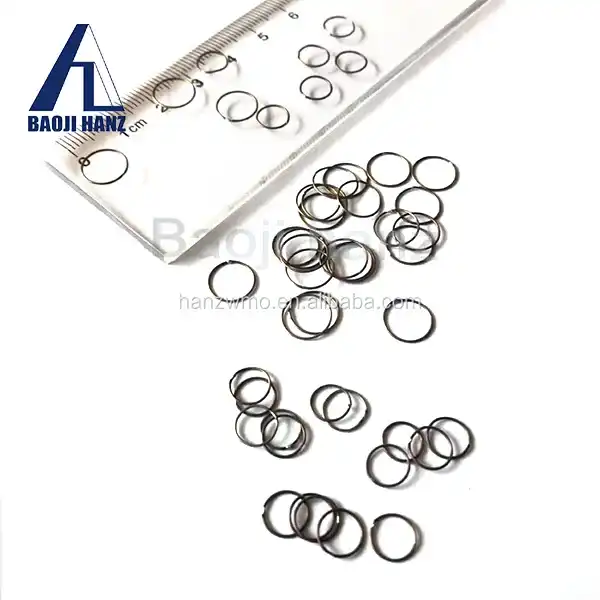

.webp)
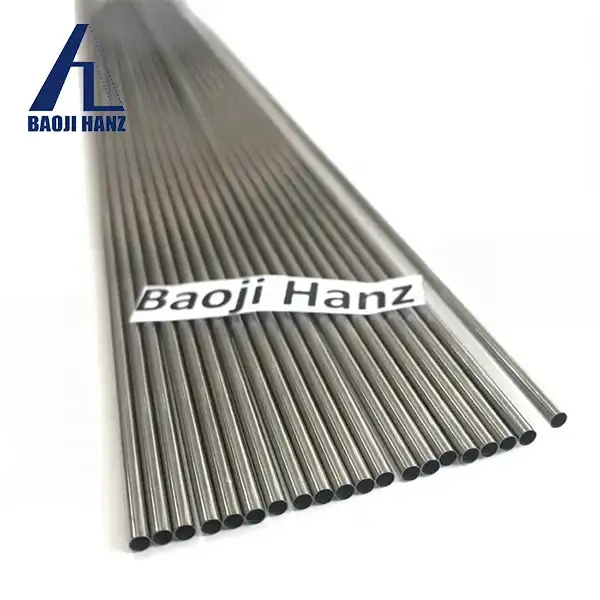
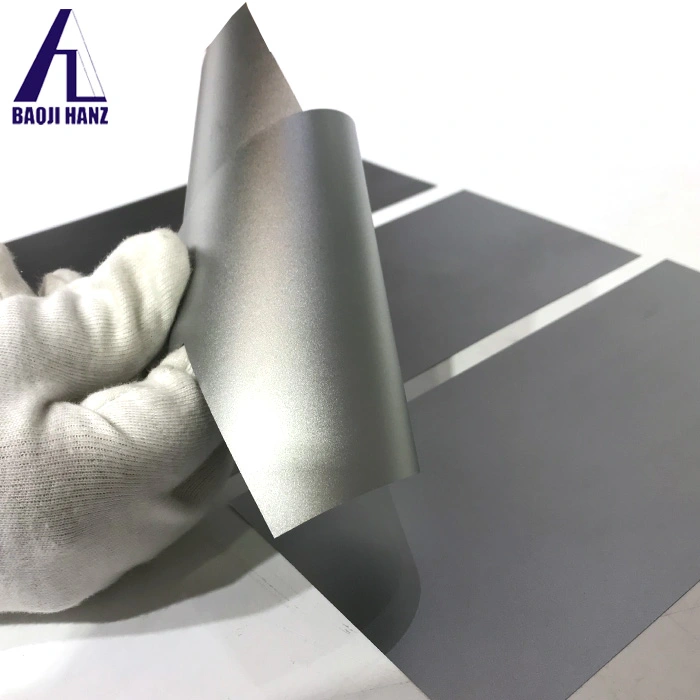
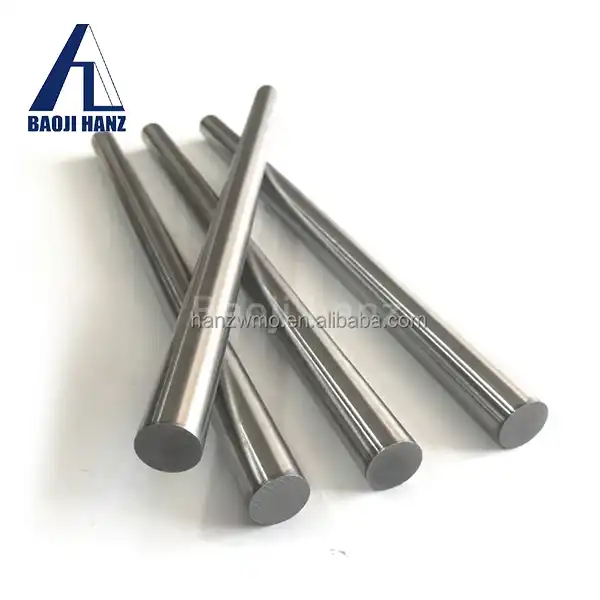
.webp)
